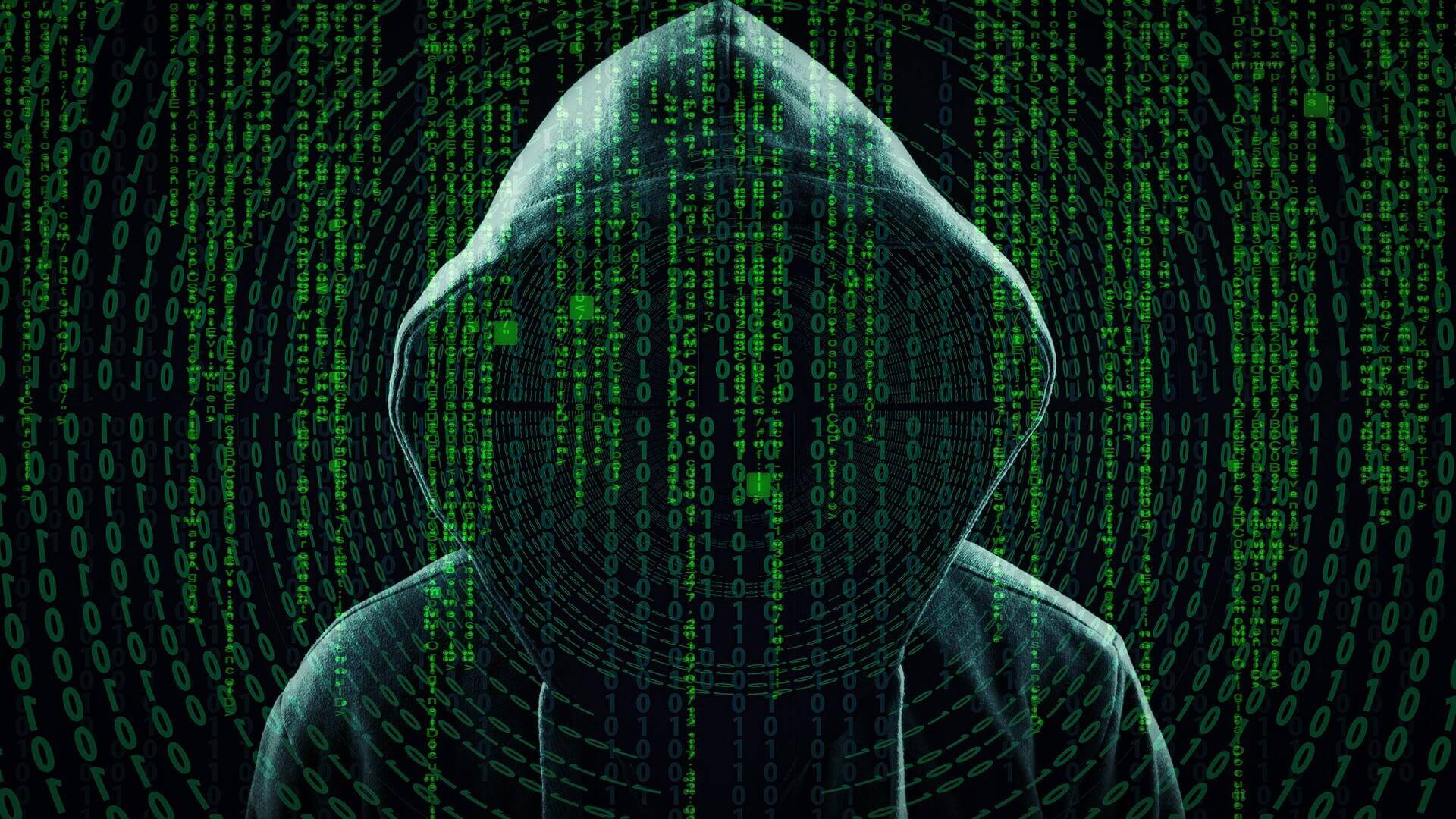Ponder, if you will, upon the shadowy world of digital deception where an innocuous looking email transforms into a pernicious phishing attack. Picture a missive, seemingly from an entity you trust, maybe a bank, or a cherished social media platform, or even a digital marketplace you frequent. Would you not be lured into a modicum of trust?
The message might present an irresistible urge, like a call to action, coaxing you to click a link, or perhaps download an attachment. An intriguing proposal, isn’t it? You embark on this digital journey only to realize you’ve been ushered into a cunningly fabricated illusion of a website; an uncanny doppelganger of the original. Here, you are asked, quite politely, to share your secret keys to the online kingdom – login details, financial data, or other sensitive tidbits.
Unravel with me the trickery employed by these digital charlatans. They instill a sense of urgency, an acute alarm! Imagine, your account has been breached, or a daunting penalty is imminent unless you act at once. Panic ensues, a knee-jerk reaction kicks in, and you fall into the trap they’ve laid. Precision machination at its finest, wouldn’t you agree?
Deception takes another form as they craft emails or websites which mirror their legitimate counterparts with eerie accuracy. They bedazzle with familiar logos, branding, an uncanny recreation of elements you recognize and trust. Alas, all that glitters is not gold. On closer inspection, the illusion shatters; a slightly amiss URL, or perhaps a rogue typo gives away the ruse.
How, then, does one shield oneself from such a nefarious digital onslaught? Well, fret not, for I shall delineate a defensive strategy:
Firstly, skepticism should be your armor when dealing with uninvited messages or emails, requesting personal information. Even if it carries the facade of a reputable entity, remember, appearances can be deceiving.
A word of caution – refrain from succumbing to the lure of links or downloading attachments originating from nebulous sources.
A diligent perusal of the website URL can reveal the truth, unmasking the genuine from the imitation.
Next, fortify your digital accounts with robust passwords, enabling two-factor authentication as a sturdy bulwark whenever feasible.
Consistently update your digital arsenal, which includes your operating system, web browser, and antivirus software.
Knowledge is power. Educate not only yourself, but also those around you, about the digital menace known as phishing attacks.
In this grand opera of life, with the world woven together by intricate networks of 0s and 1s, the specter of phishing attacks has become a daunting reality. Let vigilance be your watchword and let the aforementioned counsel be your guiding light in safeguarding your digital self. Remember, when an offer appears too tantalizing or an emergency too immediate to overlook, it usually warrants skepticism. In the virtual cosmos, stay safe, and stay savvy!


